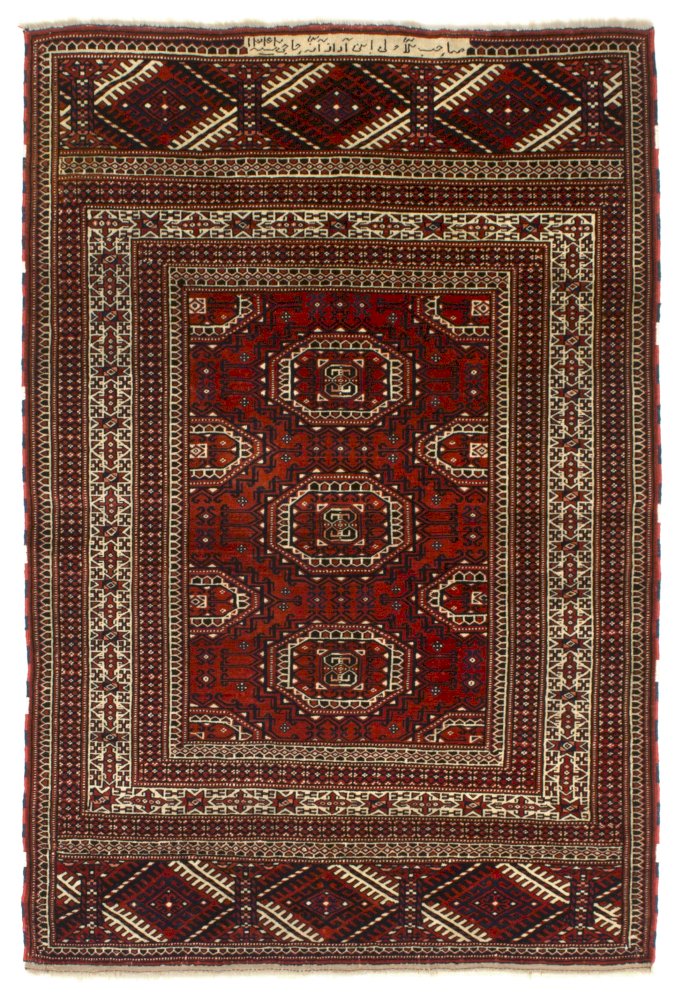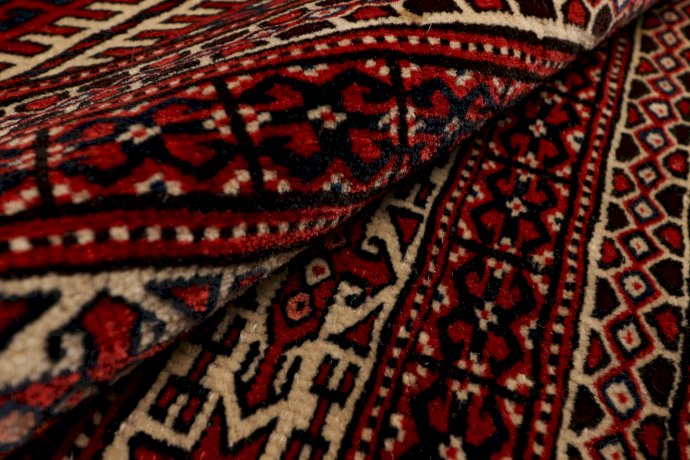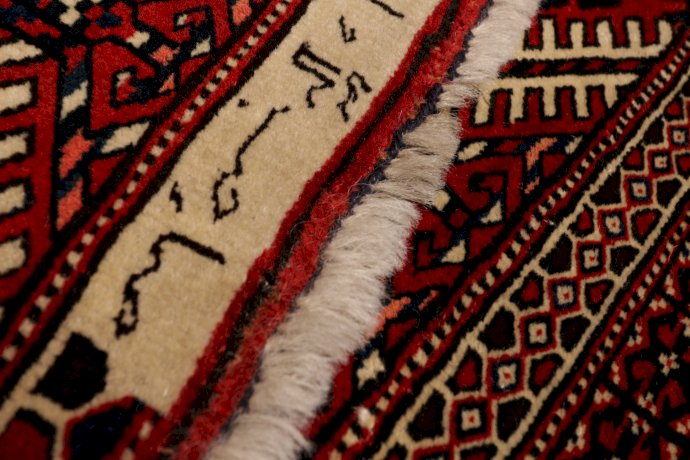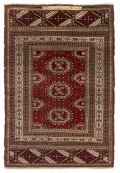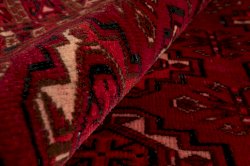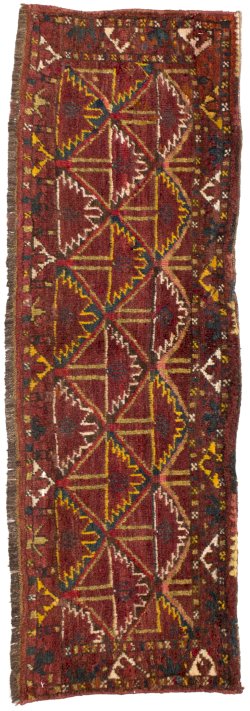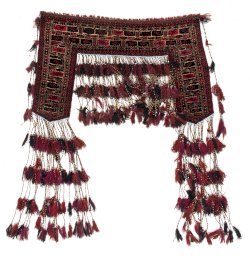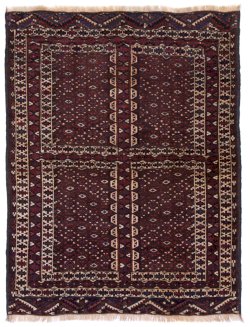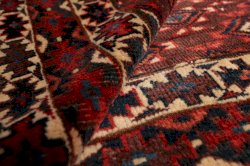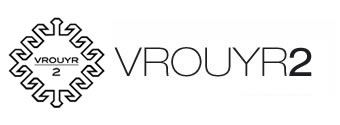REF.: R16801
Ersari rug
| Price range: | €2.500,00 - €5.000,00 |
| Description: | Ersari rug |
| Dimensions: | L158xB107 |
| Origin: | Central Asia, Turkoman |
| Period: | 1880-1940 |
| Medium: | pile: wool / warp and weft: wool |
| Technique: | Hand knotted |
Signed and dated 1923
Coulours may appear different on the website than in reality. All mentioned prices and sizes are indicative and not binding. Possibly some rugs that are still online, are not available anymore in the showroom.
The name Turcoman refers to all the Turkish-speaking minorities from Central Asia to Persia. They mostly live in the central Asian Republics, Afghanistan and Northwest Iran. They use the Turkish (symmetrical) knot and red colours are in favour.
Turcoman are presumably descendants of Oghuz Khan, grandson of Japheth. Around 2000 years ago Turcoman tribes left the Asiatic plains and come towards Central Asia, and later found their way to Persia, Syria and Anatolia, where people call them Oghuz Turks.
There are about 20 main tribes which were often isolated and continuously in open revolt against the establishment and local governments. Still, they very seldom succeeded in becoming independent, except for the Kara Koyunlu (Blacksheep) and Ak Koyunlu (Whitesheep) who founded dynasties in the 14th and 15th century and played an important part in the political landscape of the area. Unfortunately, not very much documents remained about their cultural and political structures. The main source is Genealogy by Abdul Ghazi (1660).
Till today the main activity is cattle breeding.
About 1 million Turkmens live in Uzbekistan and Turkmenistan. About 100,000 in Gurgan and Khorasan About 200 to 300,000 in Afghanistan. Turkmen live in a yurt and belong to a large a family or clan (in the broad sense of the word). The smallest group (a few yurts) is an obe. (An obe has an individual animal from the herd.) Several obe form a tireh or branch of the trunk. Several tireh form a teyefeh, or sub-stem. (Every teyefeh has the herd). The tribe, or Khalk, is formed by several teyefeh. According to the prestige of the teyefeh, their placement on summer or winter pastures was more or less favorably determined.
Some well-known tribes: Salor, Tekke, Yomud, Goklan, Arabatchi, Saryk, Ersari, Chodor, Beshir.
It often happens that depending on the sources, certain tribes will be designated as khalk, or as teyefeh.
